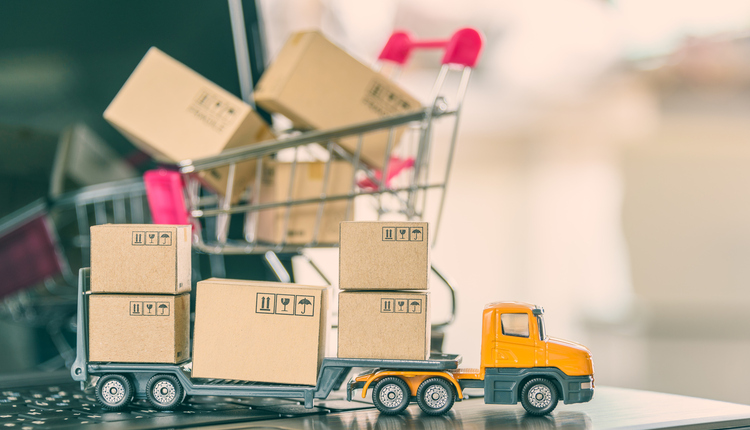Consumers are returning more big and bulky items such as furniture and exercise equipment because of the ease and improved comfort level of purchasing such items online. In addition, like fast fashion, fast furniture, which is made using poor-quality materials and offered at lower prices, often lands in landfills. According to the Environmental Protection Agency (EPA), Americans throw out more than 12 million tons of furniture annually.
From a sustainability perspective, we must keep items like furniture from entering landfills.
First, we need to understand why furniture and other big and bulky items are being returned and correct those reasons as best as possible. Typically, the same reasons given for apparel and other smaller items returns are often the same for large items, such as damaged product, the color didn’t match what was on the website, or the size was incorrect.
Often, a return can be prevented by empowering call agents to provide consumer credits for such issues as slight damages and product variances.
But if a return is indeed made, prepare for a seamless returns process:
•Retailers and/or carriers should contact the consumer ahead of time to request measurements of entryways and appliance or furniture pathways to ensure the right equipment is used.
•Texts and auto calls for confirmation of delivery days and times.
•Think local when disposing of returned items by donating to a charity close by, reselling them locally via online platforms or through resellers such as FloorFound, or to large furniture retailers, such as Haverty’s, which resells in company-owned outlet stores.
The Big & Bulky Market
The US’s big and bulky last mile is growing and is estimated at $60 billion, according to Nando Cesarone, UPS President US. To take advantage, Cesarone announced a new service delivering big & bulky items via the company’s subsidiary, Roadie, during UPS’ recent Investor & Analyst Day. Still, in its early days, Roadie XL has so far delivered over one million packages, such as minifridges. While it’s primarily focused on the last mile, it would not be a surprise if Roadie collaborates with UPS’s recent acquisition, Happy Returns, to pick up returned big and bulky items. However, Roadie will probably stick to handling big and bulky packages weighing 100 pounds or less, which is typically UPS’s “sweet spot.”
For larger items such as furniture and exercise equipment, less-than-truckload (LTL) carriers usually perform the last mile and the reverse.
For example, the largest LTL carrier, FedEx Freight, expanded its e-commerce solution for returns of big and bulky items in 2023. The service offers label-free returns, flexible pickup windows with proactive notifications, shipment visibility, and technology capabilities connecting the return to the original shipment.
Importance of a Reverse Logistics Strategy
According to the National Retail Federation and the Reverse Logistics Association, regardless of the size of the returned item, a comprehensive reverse logistics strategy helps companies reduce administrative, transportation, and support costs, increase product velocity and asset value recovery, and generate sustainability benefits by eliminating or significantly decreasing products and materials being sent to landfill.
Data plays an important role in developing a strategy, though it can be challenging to capture the right metrics or insights. Cross-functional collaboration and associate training and education are also important.
Tony Sciarrotta is the Executive Director of the Reverse Logistics Association.
This article originally appeared in the May/June, 2024 issue of PARCEL.













